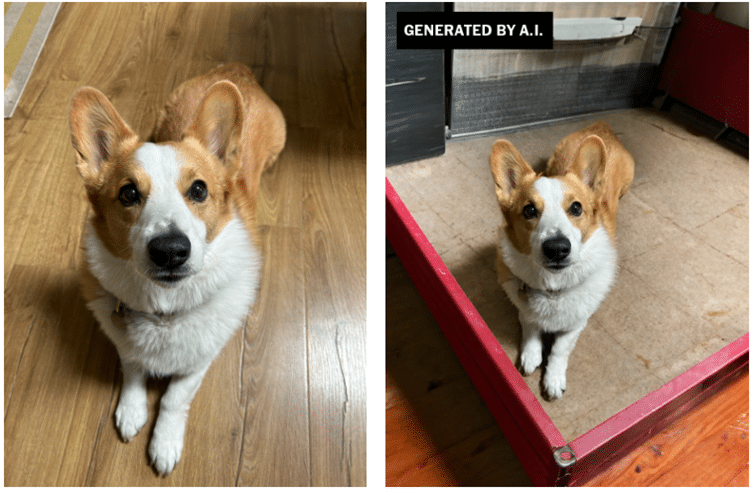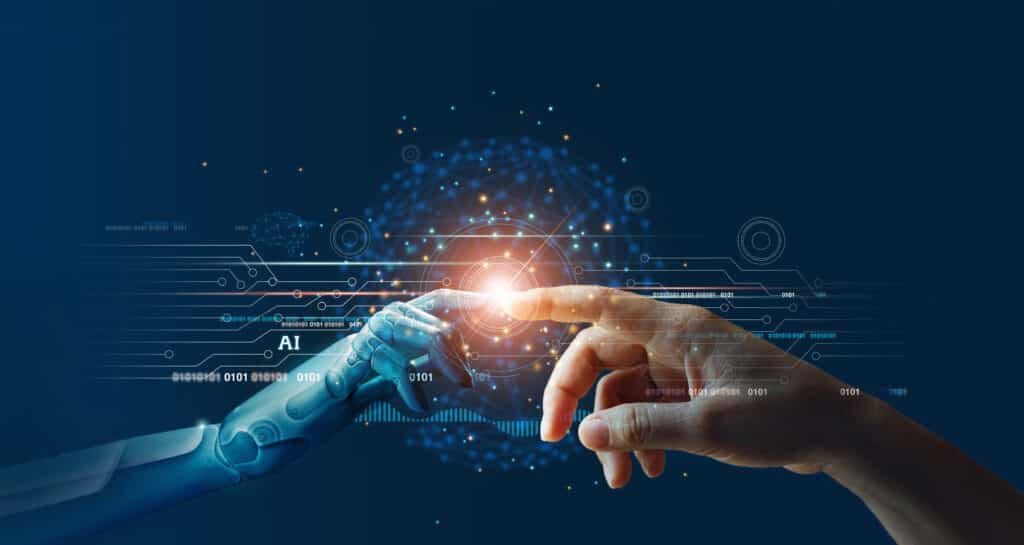The meaning and nature of photos have fundamentally changed with the advent of artificial intelligence, bringing both positive changes and the risk of losing touch with reality. Many questions arise about how much photos remain a traditional tool for capturing moments and recording history, or if they now represent a way in which dreams and creativity become a reality enabled by GenAI.
What Is the Meaning of Photos Anymore?
Traditionally, a photo is understood as an object that captures a specific image of an event, usually from the past. It becomes a memory and a way to immortalize important moments, which we can later share with others. Sometimes, photos serve as a form of historical heritage and a way to preserve what we have or had for future generations.
However, the meaning of photos is changing due to technological progress. Part of this progress includes generative AI— “computer systems that possess some qualities of the human brain, such as the ability to interpret language, recognize images, and learn from the data provided to them”.
The change in meaning is related to how much photos, with the help of GenAI, convey the sense of authenticity of a moment and how accurately they reflect real events. At the same time, there is a risk because manipulating and altering images has become easier than ever before.
Such advancements not only raise doubts but also serve as an advanced tool that can, for example, recreate certain places or past events from historical descriptions.
Effortless Image Transformation with AI
Technological progress has made photo editing easier and allows for various functions using AI. For instance, Google AI offers the Pixel.1 editing tool, which enables users to adjust photos on their mobile phones: removing or moving objects, resizing images, and editing colours.

The mentioned program also provides the ability to reduce noise in video recordings, improve video quality, and stabilize recordings. It can create cinematic photos that turn ordinary pictures into 3D videos.
Many devices now have enhanced night photography features, allowing for high-quality photos in low-light conditions.
SentiSight offers advanced tools and models for image recognition and editing. Users can utilize functions such as image classification, object detection, and image similarity search. These are further examples showing how we have significantly advanced from manual photo editing to automated suggestions that are universal, easily integrated, and excellent aids for professionals.
All these functions are user-friendly, often operating with a single button press. Users now have greatly expanded capabilities to capture and enhance their moments with high quality, as well as to edit photos so they remain aesthetically pleasing.
Final Word
The meaning of photos is indeed changing, as GenAI’s precise alterations to reality bring new possibilities and challenges. While this offers an extraordinary opportunity for ordinary users to transform their photos into high-quality creations, it also poses a threat that what we see may not always have been created and photographed in actual reality.
An important question remains whether GenAI-generated photos cross boundaries, potentially becoming a new issue in media and political spheres, where the public might no longer trust visual information, and AI could be used to create content that spreads misinformation.
The next important step will be to anticipate and establish guidelines and standards to ensure that the use of advanced technologies is meaningful and minimizes abuse.
Sources: Google Store, Google Photos, Cambridge Dictionary, Sentisight.AI

